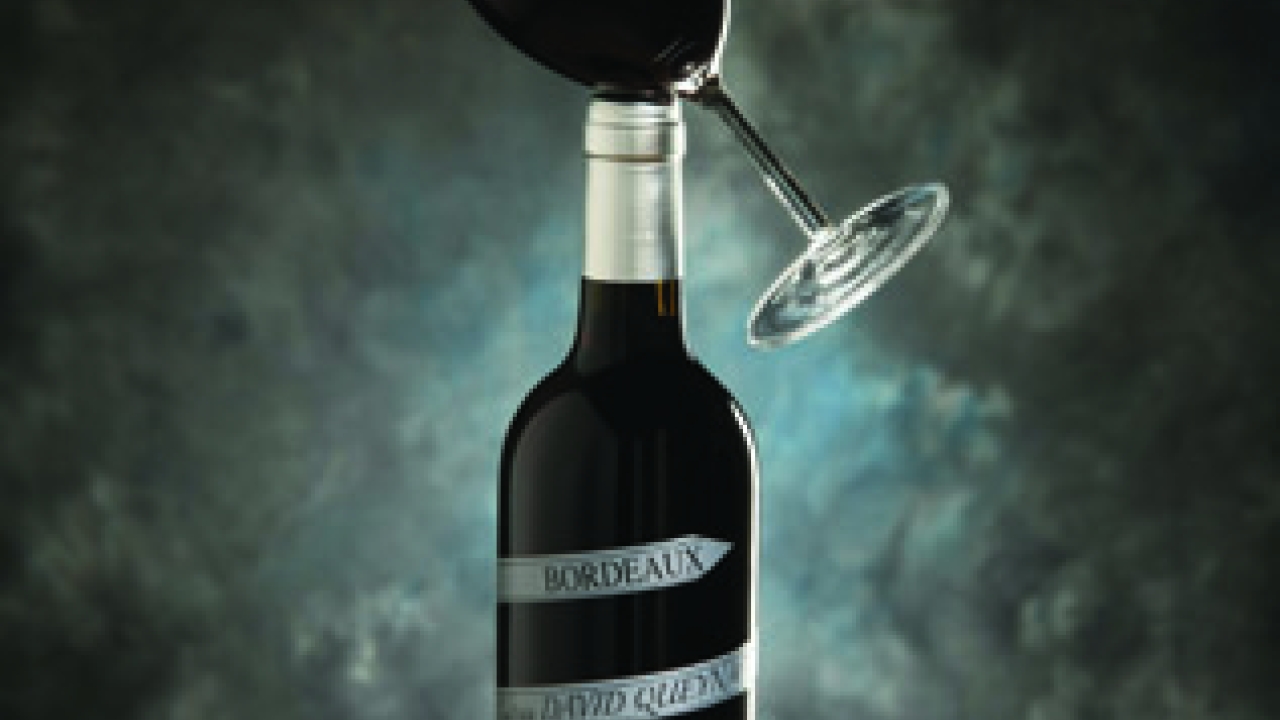Digital print + cut drives savings in Canada

Danielle Jerschefske explores a Toronto converter’s decision to integrate Primera’s digital label converting system into the business
The old adage ‘Time is money’ may be truer today than any other period known to capitalist mankind. Add waste into the equation, and the outcome can have an even more profound positive or negative effect on a business’ profitability.
Taylor Label, located in Toronto, Canada is known as a quality producer of barcode labels, thermal transfer labels and stock laser label sheets, and is considered an environmental pioneer amongst the nation’s printing community. The converter tends to produce primarily small to medium sized runs (5,000 – 20,000 feet) using two Mark Andy 910 and 830 10 inch machines at its plant, which has, until recently, worked effectively for the business’ needs.
However, the converter has gained more and more traditional color label work in recent years, and has experienced an increase in demand for spot colors on barcode labels. Lloyd Taylor, president, explains, ‘the long set-up times and increasing amount of solid waste was beginning to eat away at our margins.’ Taylor used his environmental knowledge as a tool when more closely assessing production time and manufacturing waste against the consequences of ink mixing and waste, wash-up time and substrate waste found in short volume runs of labels with his basic conventional technology. He knew that a digital system was critical to becoming more efficient when producing these shorter runs.
Primera’s the answer
Taylor Label was immediately intrigued with the Primera CX1200 laser driven print engine and off-line digital FX1200 finishing unit when introduced in 2009; and after cross-evaluating the system against other options at a number of tradeshows, purchased and installed the press and finishing units in June 2011. The converter closely evaluated its internal color work over a 12 month period and found that the work at 1000 feet left a significant hole in its production capability. As a traditional barcode printer only just moving into custom label printing, Taylor Label felt that many of the solutions available to the market were run-wise more about volumes in the 100,000s and were not able to really compete at the 1000s.
‘We’ve been looking for the right solution for a few years now,’ Taylor says. ‘The problem for many larger converters can be solved with the Indigos. It’s a great solution. But for our business model the price tag is high and the footprint is rather large, and does not deliver a finished product.’
Taylor adds, ‘What has been available just didn’t make sense for us. We wanted the digital technology in a system that operated more like a ‘traditional’ press.’ And the converter, who has pioneered the construction of greener pressure sensitive label materials, wanted to be sure whichever system was chosen could handle a variety of substrates.
Now, the converter does have work that is 100,000 plus feet, but typical jobs are more like 5000 feet, and many are 1000 or less. Taylor says, ‘For a digital machine to effectively meet our needs, we knew that it could only be great at one of the two. We understood that we wouldn’t be able to get the benefits of both efficient long and short-short runs.’
Printing and Finishing
The CX1200 provides a 1200 x 1200 dpi print resolution to produce clear graphics and bar codes. It’s quoted to run at 16.25 fpm (five m/min) with a laser based print engine that Taylor Label felt would be able to meet the growing customer need for more color, shorter volume work.
The machine uses Primera’s PTPrint 2.0 RIP Software for Windows XP/Vista to import label designs, prepare them for printing, and apply color management. It also has a built-in electronic tensioning control system.
The FX1200 finishing system uses carbide steel knife blades that are digitally controlled providing for the ultimate flexibility in shape creation, and requires no investment in costly dies for small label lots. Additionally, the machine can laminate, remove matrix waste, slit and rewind After learning a few things about the systems, Taylor realized that there can be a bottleneck when die cutting, label shape depending, which when used in one, clean in-line system, slowed production speeds with more complex labels. Quickly the system was broken down into two pieces so as to fully reap the technologies’ benefits. When quotes are made, the converter looks closely at the shape to get an accurate estimate of production speed to price accordingly.
By now most printers understand that when it comes to digital printing, no matter which technology, the ink or toner can be an expensive component to production costs and needs to be closely monitored. To help converters with this management, Primera provides users with a software system that through the retrieval of the artwork from the client, and the printing of one label, automatically tells how much toner is used for each and what cost would be expected.
Laser printable materials
Primera’s CX1200 system uses dry toner-based inks that are specially formulated to print on a variety of substrates and provide high abrasion and UV penetration resistance. It’s capable of printing on laser approved matte, gloss and semi-gloss pressure sensitive papers and white and clear polyester and PVC films.
Taylor Label has been voted ‘The Most Environmental Progressive Printing Company in Canada’ consecutively through 2007 to 2010. In 2008 the converter was awarded ‘The Most Environmentally Progressive Product’ award for its FSC certified pressure sensitive label materials. Every label or sheet of labels is produced using the converter’s Green Cycle Production Method that verifies its raw materials are chosen based on FSC standards, recycled content, its overall life-cycle and the proximity of the vendor to the manufacturing plant. The plant itself is supplied by 100 percent wind or hydro energy in partnership with Bullfrog Power. All packaging is made of recycle or renewable content and it offsets product delivery emissions.
Taylor Label was the first FSC certified label printer in North America and was the first to produce an FSC certified PS stock. As it has done for its conventional presses, the converter has developed FSC certified laser printable label materials with the help of a local niche market coating facility. It has a full line of ‘greener’ label constructions that can be used within the machine using unbleached liner, RCAs and FSC certified paper facestock.
Taylor explains, ‘We’ve done a lot of testing to ensure that the facestocks can receive the toner properly and adhere to the fibers. In many cases the materials were not toner friendly, which required a topcoat.’ There are some limitations when it comes to materials that can withstand the heat of the laser system without melting. When it comes to adhesives usability, the press requires low flow chemistries that can receive the heat, but not run out the sides. Meanwhile, a number of major material suppliers are working to be standard Primera certified including Flexcon, Fasson MacTac.
Taylor Label has transferred only about 10 percent of its flexo work to the digital machine for the time being. Taylor explains, ‘There are so many new areas of business that the Primera system has opened up for us. This will certainly be a growth area moving forward.’
Overall Primera’s system has helped the converter to produce low-low volume orders effectively, saving time, money, solid waste – and the environment.
Sustainable perks with Primera
• Energy Star certified print engine
• Toner cartridge recycling program
• ROHS – Restriction of Hazardous Substances
(applies to electronic equipment)
• WEE – Waste Electrical and Electronic Equipment Directive – manufacturers take-back materials
Taylor’s Digital Past
In 2003 Taylor Label acted as a beta site for a wholly different Israeli-based digital printing machinery supplier, but was not satisfied with the quality, or that it required off-line finishing. Primera Technology has long offered a digital inkjet solution for label production, yet Taylor was concerned with the constriction of only printing pre-die cut material.
Pictured: Example of complex cutting possible with FX1200
This article was published in L&L issue 5, 2011
Stay up to date
Subscribe to the free Label News newsletter and receive the latest content every week. We'll never share your email address.

